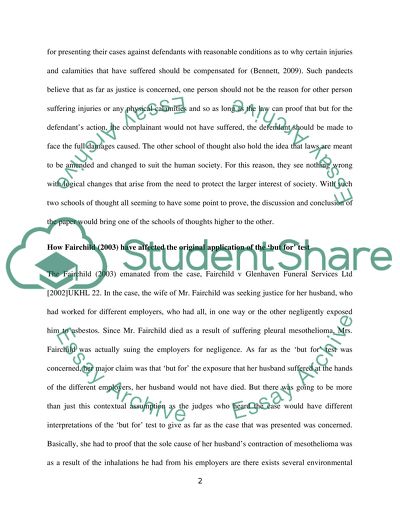Cite this document
(“The But for test Essay Example | Topics and Well Written Essays - 2000 words”, n.d.)
Retrieved from https://studentshare.org/law/1456280-discuss-the-extent-to-which-fairchild
Retrieved from https://studentshare.org/law/1456280-discuss-the-extent-to-which-fairchild
(The But for Test Essay Example | Topics and Well Written Essays - 2000 Words)
https://studentshare.org/law/1456280-discuss-the-extent-to-which-fairchild.
https://studentshare.org/law/1456280-discuss-the-extent-to-which-fairchild.
“The But for Test Essay Example | Topics and Well Written Essays - 2000 Words”, n.d. https://studentshare.org/law/1456280-discuss-the-extent-to-which-fairchild.


